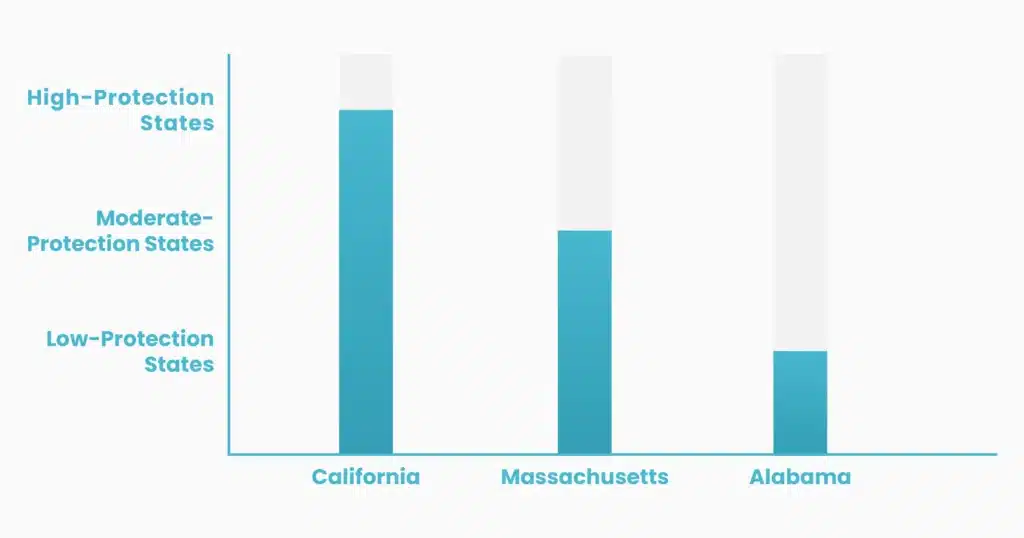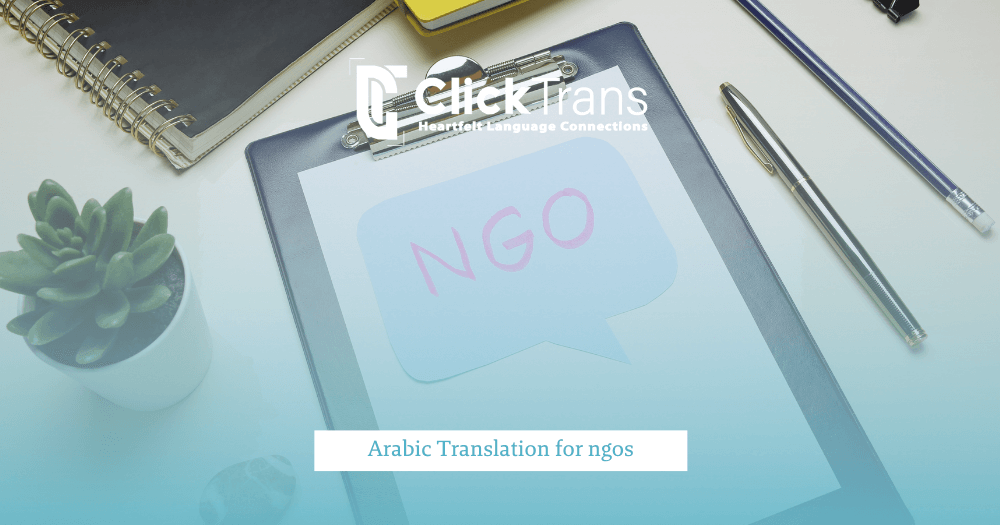Table of Contents
The United States is home to diverse communities that speak hundreds of languages. To ensure fair access to public services, both federal and state governments have enacted laws that protect individuals with limited English proficiency (LEP). These laws guarantee access to interpretation and translation services in sectors such as healthcare, education, and social services.
In this article, we break down Language Access Laws by State, highlighting legal differences, enforcement levels, and what organizations need to do to stay compliant.
What Is Regulation Language?
Regulation language refers to the legal wording used in official laws and government policies to define rights, responsibilities, and procedures. In the context of language access, it explains how public institutions are required to offer translation and interpretation services so that people who don’t speak English fluently can still access vital services without discrimination.
Comparing Language Access Legislation Across Different States
The actual application of language access laws by state varies greatly across the U.S. Some states have adopted clear, stand-alone laws regulating language services, while others have simply stopped at the minimum federal guidelines without developing their own laws.
When it comes to language access laws by state, California stands out as one of the most progressive. The state’s Government Code §11135 prohibits language discrimination and requires government agencies to provide language services in multiple languages if the percentage of speakers exceeds 5% of the population served.
The state also requires government agencies to provide translation and interpretation services for essential documents and services, especially in the areas of health, education, and social services.
New York State follows suit with similar legislation that requires government agencies to provide translation services, publish documents in multiple languages, and use interpreters when necessary. Washington, D.C., enforces the Language Access Act of 2004, which places clear obligations on local agencies to provide interpretation and translation services.
The situation is different in other states, such as South Dakota and Wyoming, which have not enacted their own local language access laws, leaving the matter to the discretion of institutions.
States with the Strictest Language Access Regulations
The existence of a law does not necessarily mean that it is strictly enforced. There must be indicators that determine the extent to which the state is committed to enforcing this law. The following are the most prominent of these indicators:
- The number of languages covered by the law
- The mandatory provision of translation services
- Areas covered by the law (such as health, education, and social services)
- Existence of regulatory bodies
- Imposition of penalties in case of negligence
- Continuous updating of policies
Based on these criteria, and considering the landscape of language access laws by state, we can identify a number of states as the strictest in implementing such laws, as follows:
California
When examining language access laws by state, California comes at the top of the list in terms of strictness. It issued the Government Code §11135 which prohibits any language discrimination in public services requires health, education, and social institutions to provide written translation services for all important documents and to hire staff specialized in providing interpretation services when needed. The state has a monitoring system for these services to receive complaints and monitor institutions’ compliance with language access laws.
New York
In the context of language access laws by state, New York is another example of a state that is strict in enforcement. Former Governor Andrew Cuomo issued Executive Order No. 26 (2011), which requires all government agencies to provide language services in at least eight languages. These services include:
Written translation of all vital documents.
Provision of certified interpreters within institutions.
Provision of regular training for employees on language access policies.
Washington, D.C.
Washington, D.C. is not a state itself, but it is considered one of the strictest places in the US when it comes to enforcing language access laws. It has passed a separate law entitled the “Language Access Act of 2004,” which is one of the first comprehensive local laws that requires all government agencies that deal directly with the public to provide language services in at least six languages.
The law requires agencies to provide:
Annual language access plans.
Performance evaluation reports.
Training for public employees.
Specific budgets to support translation.
The Office of the Human Rights Ombudsman in the capital oversees the implementation of the law and has supervisory and punitive powers.
Rights to Language Access Services by State
There are a wide range of variations between states in providing these rights. Some states have simply implemented federal requirements without adding specific legislation to enhance language protection, while others have expanded rights to areas not required by the federal government.
US states can be classified into three categories in terms of the level of language rights guaranteed:
High-Protection States:
These include California, New York, Washington, D.C., and Minnesota. These states adopt mandatory, comprehensive policies that are overseen by executive and human rights institutions.
Moderate-Protection States:
These include Massachusetts, Illinois, and New Jersey. These states have relatively strong guidelines, but may lack strict oversight mechanisms.
Low-Protection States:
Such as Alabama, Montana, and Wyoming. These states do not have clear local laws on language access, and the matter is often left to the discretion of the institution or to individual initiatives.
How Organizations Can Comply with State and Federal Language Access Laws
Compliance begins with a clear understanding of the multi-level legal requirements. At the federal level, Title VI of the Civil Rights Act of 1964 is the primary reference, prohibiting discrimination in federally funded programs on the basis of national origin, which implicitly includes language barriers. Executive Order 13166 reinforces this principle by requiring all federal agencies and recipients of federal funding to implement practical policies that ensure meaningful access to services for individuals with Limited English Proficiency (LEP).
At the state level, some states have enacted more detailed and binding laws, such as the Language Access Act in Washington, D.C., or California legislation that requires government agencies to provide interpretation and translation services if non-English speakers exceed 5% of the agency’s client population. Successful compliance therefore requires a dual understanding: first, of the federal minimum standards, and second, of any expanded obligations imposed by the state in which the agency operates.
The Language Access Plan is the first practical tool for ensuring compliance. It is a comprehensive policy document in which the organization sets out a clear vision of how it will provide effective services to people with limited English proficiency. This plan typically includes the following steps:
Assessing the number and type of target audience (LEP Assessment):
The organization begins by analyzing its database to understand the number of users who are not proficient in English and to identify the languages most commonly used within this audience. This is done through surveys, analysis of previous translation requests, or census data.
Developing mechanisms for oral and written translation:
The organization must determine whether it will hire in-house translators, rely on certified external companies, or use technology (such as translation hotlines or simultaneous translation applications), while ensuring the accuracy and confidentiality of these services.
Appoint a language access coordinator or officer:
This step is one of the basic criteria for compliance. This coordinator is responsible for managing the implementation of the plan, training employees, communicating with regulatory authorities, and following up on requests and complaints related to language services.
A language access plan cannot achieve its goals without a qualified workforce that is aware of the rights of non-English-speaking recipients.
That is why employee training is essential and should include:
Educating staff about the organization’s legal obligations regarding translation services, both at the federal and state levels.
Preparing them to recognize LEP cases and respond appropriately, whether by referring them to interpreters or providing translated forms.
Training on cultural and linguistic sensitivity to avoid discriminatory or inappropriate behavior and provide a welcoming environment for users from diverse linguistic backgrounds.
Integrating language proficiency into human resources policy by including it in job descriptions, evaluation criteria, and professional development plans.
Who Do Language Access Laws Apply to?
Language access laws in the United States, including language access laws by state, focus on protecting individuals with LEP, who are people that have difficulty speaking, reading, or understanding English language well enough to interact with public services.
This right is based on Title VI of the Civil Rights Act of 1964, which considers language barriers to be an indirect form of discrimination based on national origin. Therefore, all entities that receive federal or state funding are required to provide appropriate language services to this group.
Protected groups include immigrants, refugees, asylum seekers, and even undocumented individuals, as the law does not require citizenship or legal residency to obtain protection. The most common languages among LEP individuals in the United States are Spanish, Chinese, Vietnamese, Tagalog, and Arabic.
This protection is classified as a functional need, meaning that institutions are legally obligated to provide translation and interpretation services when language affects an individual’s ability to access a service or exercise a legal or social right. These protected groups are the cornerstone of diversity and language equity policies at the public policy level.
Legal Challenges and Consequences of Non-Compliance
A lack of financial and human resources is one of the biggest challenges to complying with language access laws, especially language access laws by state, for government and local agencies with limited budgets. These entities often lack the capacity to establish in-house translation units that can ensure comprehensive, high-quality language services.
As for smaller institutions, such as local health clinics or rural schools, they may lack clear institutional processes to assess and meet their language needs and they may face difficulty in finding qualified translators in many languages, particularly less common languages. In such scenarios, the best solution is to acquire the services of professional services, such as ClickTrans.
Organizations that fail to comply with language access laws, including language access laws by state, may face serious legal consequences, especially if they receive federal funding. This ranges from administrative corrective measures to withdrawal of federal funding.
Affected individuals may also file civil lawsuits in court, exposing the institution to legal liabilities, financial burdens, and potentially court rulings.
This impact goes beyond the legal framework as it may affect the institution’s reputation and public trust. Marginalized language groups may feel excluded, leading to an erosion of trust between the community and the state or service providers.
This impact is magnified in vital sectors such as health, justice, and education, where linguistic failure has direct negative consequences on individuals’ lives. Negative media coverage of language failures can also cause significant damage to an institution’s public image, especially in multicultural environments.
Conclusion
Language access is important to make sure everyone in the U.S. can use public services, no matter what language they speak. Some states, like California and New York, have strong laws and systems to support this. Others still need to improve.
Even when laws exist, many organizations face challenges like limited budgets or lack of trained staff. To serve diverse communities better, organizations need clear plans and enough support to provide good translation and interpretation services. This helps build trust and fairness for everyone.
If you’re ready to ensure full compliance with federal and state language access laws, reach out to ClickTrans for expert support.
Frequently Asked Questions
What is meant by “language access” in U.S. law?
Language access refers to individuals' right to receive interpretation and translation services when they are not proficient in English, especially in public services.
Which U.S. states are most committed to enforcing language access laws?
California, New York, and Washington, D.C. lead in strict enforcement through dedicated laws, oversight bodies, and broad language coverage.
Who is protected under language access laws?
All individuals with Limited English Proficiency (LEP)—including immigrants, refugees, and undocumented persons—are protected, regardless of citizenship status.
What are the consequences of not complying with language access requirements?
Non-compliance can lead to legal penalties, withdrawal of federal funding, lawsuits, and damage to the institution’s public trust and reputation.
What is regulation language?
Regulation language is the official legal wording used in laws and policies to describe how rules must be followed. In the context of language access, it outlines how public agencies are required to offer translation and interpretation services to ensure that people with limited English proficiency can fully access essential services.







